Found a total of 10000 related content
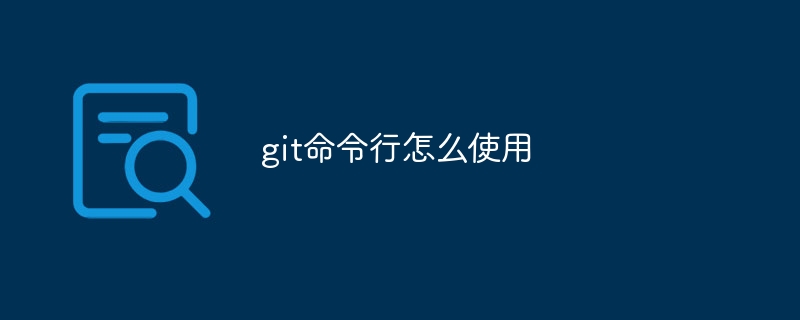
How to use git command line
Article Introduction:Git command line usage guide: Initialize Git repository: git init Add files to Git: git add <File name>Commit changes: git commit -m "Commit information" to view commit history: git logView file differences: git diff Push changes to remote repository: git push origin main pull remote changes: git pull origin main branch management: git branch, git checkout <branch name>, git merge &a
2025-04-17
comment 0
375

Install git software
Article Introduction:The Git software can be installed in the following steps: Download the Git installer. Run the installer. Verify the Git installation. Configure Git (user name, email). Set the default editor (optional). Clone or create a repository.
2025-04-17
comment 0
829

How to use git management tools for complete usage of git management tools
Article Introduction:This article provides a guide to Git management, covering GUI tools (Sourcetree, GitKraken, etc.), essential commands (git init, git clone, git add, git commit, etc.), branch management best practices (feature branches, pull requests), and merge con
2025-03-06
comment 0
865
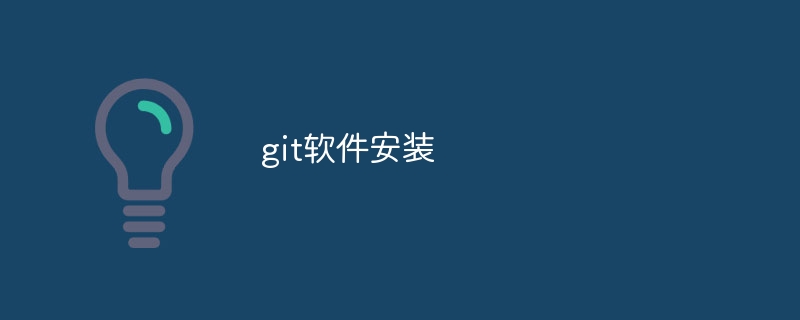
git software installation
Article Introduction:Installing Git software includes the following steps: Download the installation package and run the installation package to verify the installation configuration Git installation Git Bash (Windows only)
2025-04-17
comment 0
747
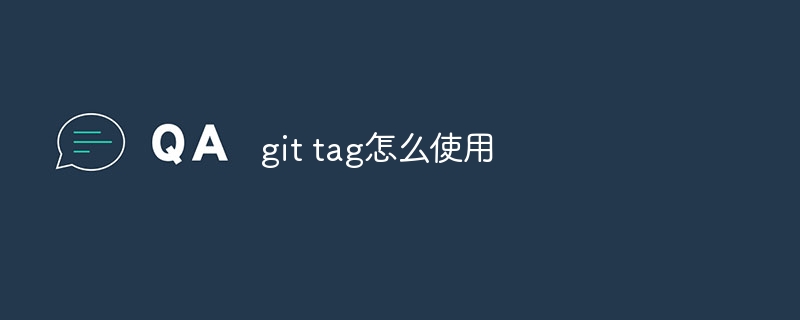
How to use git tag
Article Introduction:What is a Git tag? Git tags are lightweight metadata that records commit records and are used to mark milestones for code versions. How to use Git tags? Create tag: git tag <Tag name>Push tag to remote repository: git push origin <Tag name>View tag: git tag Delete local tag: git tag -d <Tag name>Delete remote tag: git push origin:<Tag name>
2025-04-17
comment 0
976

How to use git after installation
Article Introduction:Steps to use after Git installation: Open a terminal or command prompt window. Create a Git repository using git init. Use git add to add the file to the staging area. Use git commit -m "Commit Message" to submit changes. Use git remote add to create a remote repository. Use git push to push changes to the remote repository. Use git pull to pull remote changes. Merge branches using git merge.
2025-04-17
comment 0
962
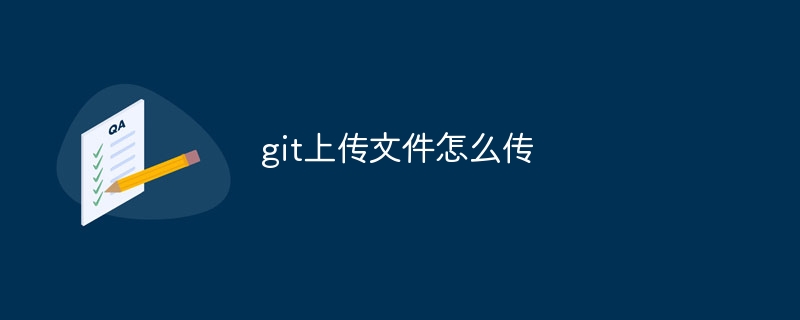
How to upload git files
Article Introduction:The steps for uploading Git files are as follows: Use git add to temporarily save changes. Use git commit to commit to commit changes. Use git push to push changes.
2025-04-17
comment 0
993
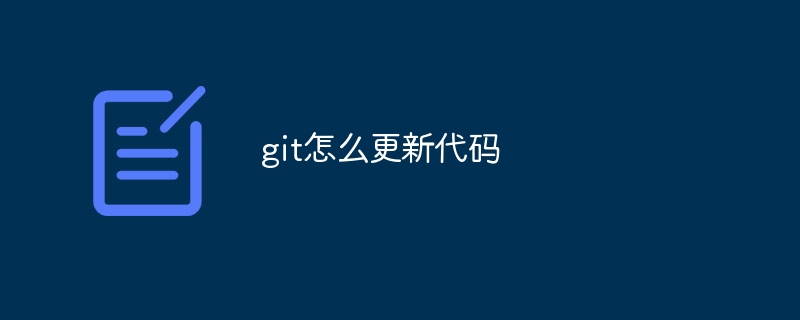
How to update code in git
Article Introduction:Steps to update git code: Check out code: git clone https://github.com/username/repo.git Get the latest changes: git fetch merge changes: git merge origin/master push changes (optional): git push origin master
2025-04-17
comment 0
1206
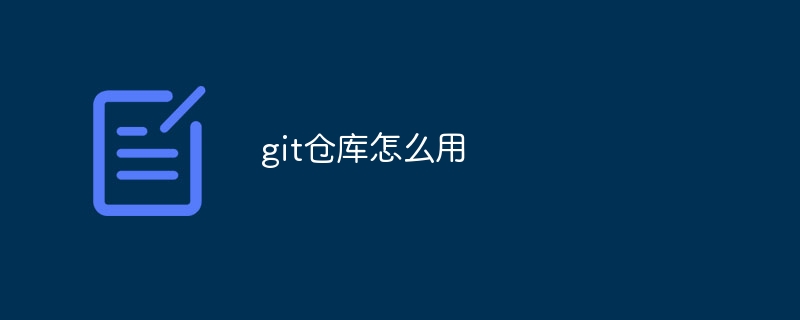
How to use git repository
Article Introduction:A Git repository is the storage location for code and file version history that is used to track changes, collaborate and manage project versions. To use a Git repository, perform the following steps: Create a repository: Run git init. Add file: Use git add to add the file to the staging area. Commit changes: Use git commit to store the staging changes in the repository. Push changes: Use git push to push changes to a remote repository. Pull changes: Use git pull to get changes from the remote repository. Branch: Create a branch using git branch. Merge: Use git merge to merge changes from different branches. Tag: Use git tag
2025-04-17
comment 0
319
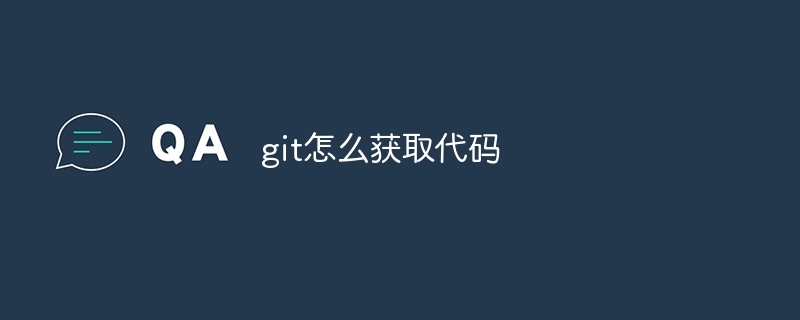
How to get code from git
Article Introduction:How to get code using Git: Install Git. Cloning the remote repository, using git clone <Remote repository URL>. Switch to a new directory. Pull the latest changes, use git pull. Check for modifications, use git status. To commit the changes, use git commit -m "<Submit message>". Push changes, use git push.
2025-04-17
comment 0
756

git software installation tutorial
Article Introduction:Git Software Installation Guide: Visit the official Git website to download the installer for Windows, MacOS, or Linux. Run the installer and follow the prompts. Configure Git: Set username, email, and select a text editor. For Windows users, configure the Git Bash environment.
2025-04-17
comment 0
893
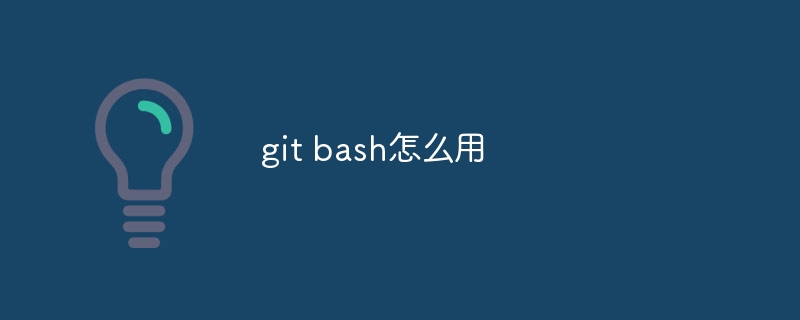
How to use git bash
Article Introduction:Use Git Bash to interact with Git on Windows: Install Git for Windows and choose to use Git Bash as the default shell. Initialize the Git repository, add files to the staging area, and submit changes. Use the git pull and git push commands to pull and push remote repository updates. Manage branches: Create new branches, switch branches, merge branches, and delete branches. Interact with remote repositories: clone, add, pull, and push changes.
2025-04-17
comment 0
698
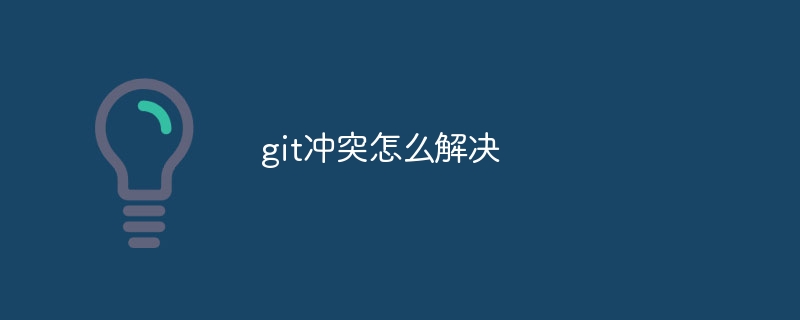
How to resolve git conflict
Article Introduction:Git conflict occurs when multiple developers modify the same file at the same time. The resolution steps are: determine the conflict location (git status), view the conflict details (git diff) and decide how to resolve the conflict: Merge changes (<> symbols) Select changes (git reset) manually modify and edit files to resolve conflicts and submit merge results (git add, git commit)
2025-04-17
comment 0
373
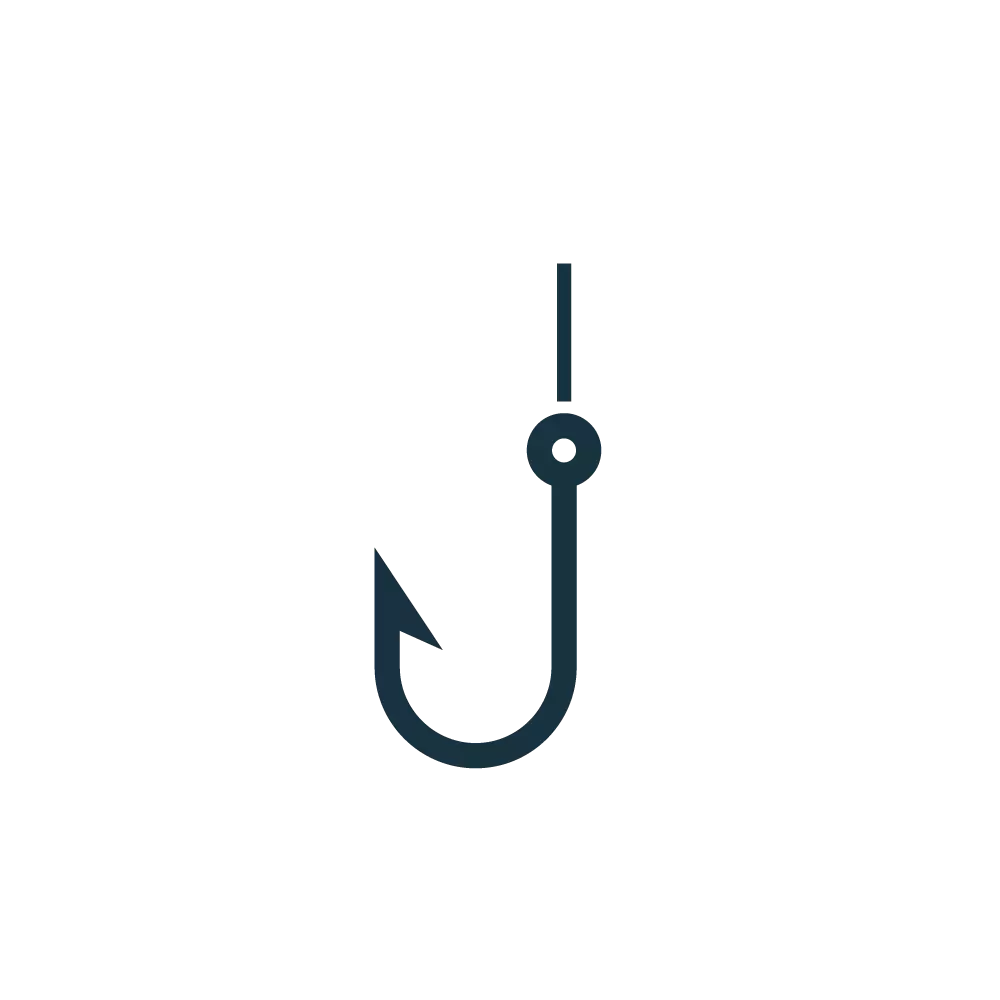
Writing PHP Git Hooks with Static Review
Article Introduction:Git Hooks: Automating Development Tasks with PHP and Static Review
For seasoned Git users, Git hooks are likely familiar. For the uninitiated, Git hooks are scripts triggered by specific Git events (commit, push, receive, etc.), running on both clie
2025-02-17
comment 0
1207
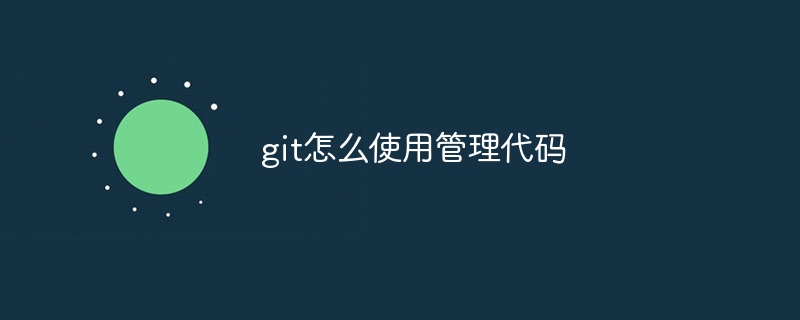
How to use management code for git
Article Introduction:Answer: Git is a distributed version control system that tracks code changes and collaborates on developing projects. Detailed description: Install Git. Initialize the Git repository. Use git add to add the file to the staging area. Run git commit to commit the changes. Create a remote repository. Use git remote add to add a remote repository. Use git push to push changes to the remote repository. Use git pull to pull remote updates. Use git merge to merge changes on different branches. Resolve merge conflicts.
2025-04-17
comment 0
644
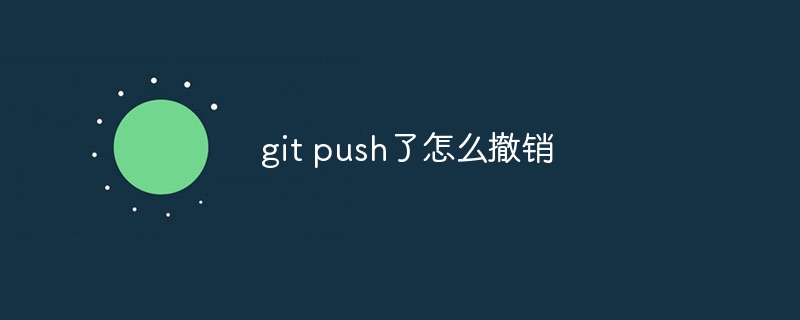
How to undo git push
Article Introduction:There are two ways to undo Git push: create a new commit and force push: git push --force origin main View Reflog Find the push operation to undo, then reset HEAD and force push: git reset SHA-1-HASH; git push --force origin main
2025-04-17
comment 0
519

Is Git the same as GitHub?
Article Introduction:Git and GitHub are not the same thing. Git is a version control system, and GitHub is a Git-based code hosting platform. Git is used to manage code versions, and GitHub provides an online collaboration environment.
2025-04-08
comment 0
670
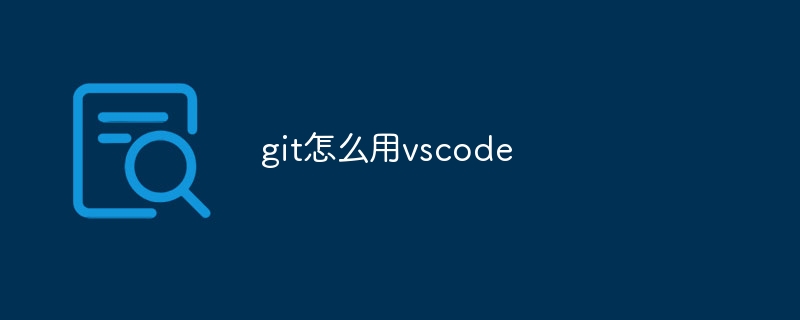
How to use vscode git
Article Introduction:The steps to use Git in VSCode are as follows: Install Git and enable Git in VSCode. Initialize the Git repository to start tracking changes. Add and submit changes to the project. Push and pull changes to share or get changes with remote repositories. Take advantage of VSCode's other Git features such as viewing history, creating branches, and resolving conflicts.
2025-04-17
comment 0
1141

How to delete git stash
Article Introduction:To delete Git staging: 1. Cancel staging a single file: Use the git restore --staged &lt;filename&gt; command. 2. Unstage all files: Use the git reset HEAD command. 3. Unstack some changes: Use the git restore --staged --patch command to selectively restore the changes.
2025-04-17
comment 0
785

How to view git configuration information
Article Introduction:How to view Git configuration information Use the git config command: List all configured settings (Method 1). View specific configuration items: Specify options and configuration keys (Method 2). Use the git var command: View Git internal variables (Method 3). Git configuration information type: global, user, local, override the configuration in this order.
2025-04-17
comment 0
668



















